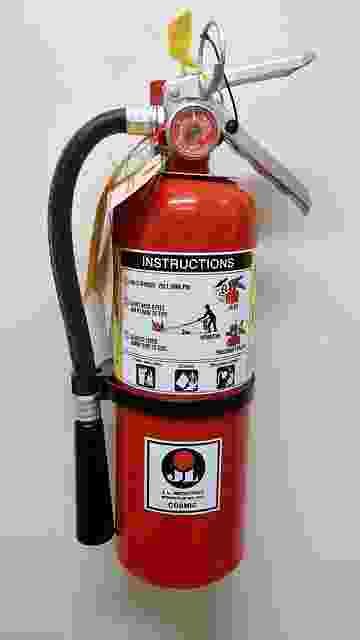Starting a welding business requires careful planning and preparation. Here are some steps to help you get started:
1. Gain welding skills and experience
– Acquire the necessary welding skills through vocational training, apprenticeships, or formal education programs.
– Gain hands-on experience by working for established welding companies or taking on welding projects to build your expertise.
2. Develop a business plan
– Outline your business goals, target market, services offered, pricing structure, marketing strategies, and financial projections in a comprehensive business plan.
– Research the local market to identify potential competition, customer demand, and industry trends.
3. Register your business and fulfill legal requirements
– Choose a business name and register it with the appropriate government authorities.
– Obtain any necessary licenses, permits, and certifications required for operating a welding business in your area.
– Understand and comply with safety regulations and codes related to welding operations.
4. Set up your workspace and acquire equipment
– Secure a suitable workspace for your welding operations, considering factors like size, ventilation, safety, and accessibility.
– Purchase or lease welding equipment, such as welding machines, safety gear, welding consumables, and necessary tools.
– Invest in safety measures, including fire extinguishers, welding curtains, and proper ventilation systems.

5. Develop a pricing strategy
– Determine your pricing strategy by considering factors such as material costs, labor, overhead expenses, and the market value of your services.
– Research the pricing practices of other welding businesses in your area to ensure competitiveness.
6. Build a network and establish partnerships
– Network with industry professionals, contractors, and potential clients to build relationships and create business opportunities.
– Establish partnerships with suppliers of welding materials, tools, and equipment to ensure a reliable supply chain.
7. Create a marketing plan
– Develop a marketing strategy to promote your welding business. Utilize both online and offline channels, such as a professional website, social media platforms, local advertising, and networking events.
– Showcase your skills and expertise through a portfolio of past projects and testimonials from satisfied customers.
8. Focus on quality and customer service
– Provide high-quality welding services that meet or exceed customer expectations. Consistently deliver on time and within budget.
– Prioritize customer satisfaction by maintaining open communication, addressing concerns promptly, and offering exceptional customer service.
9. Manage finances and operations
– Set up a bookkeeping system to track income, expenses, and profitability.
– Establish clear financial management practices, including budgeting, invoicing, and timely collection of payments.
– Efficiently manage inventory and supplies to avoid shortages or excesses.
10. Continuously learn and improve
– Stay updated with advancements in welding techniques, equipment, and safety practices.
– Seek ongoing training and certifications to enhance your skills and expand your service offerings.
– Solicit feedback from customers and learn from every project to improve your processes and customer satisfaction.
Remember that starting and growing a welding business requires dedication, hard work, and continuous learning. It’s essential to stay informed about industry trends, adapt to market changes, and provide excellent service to build a reputable and successful welding business.










